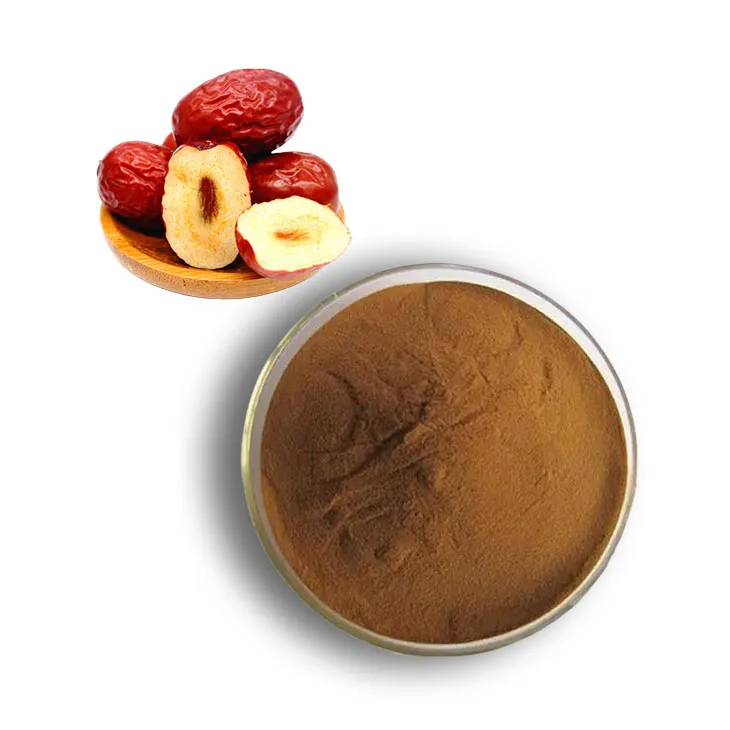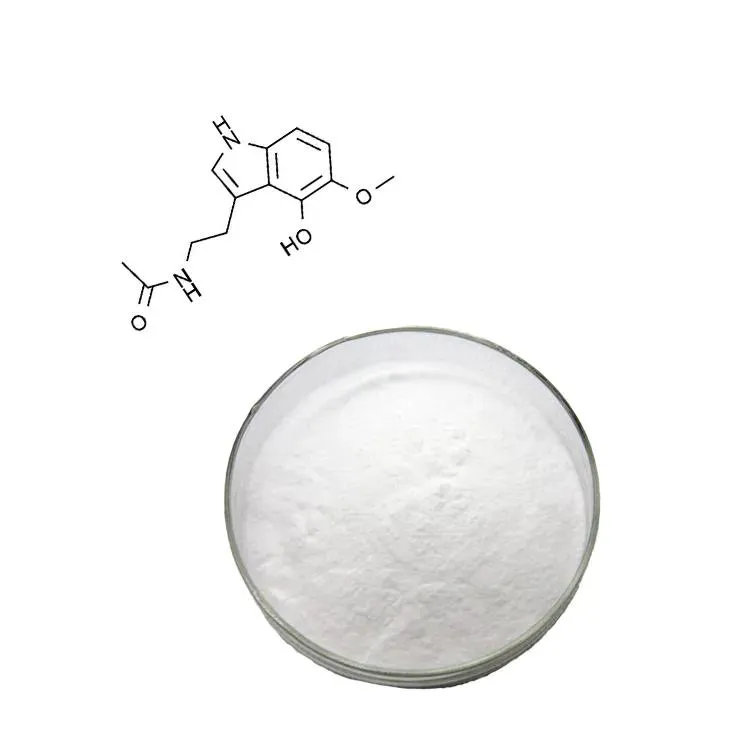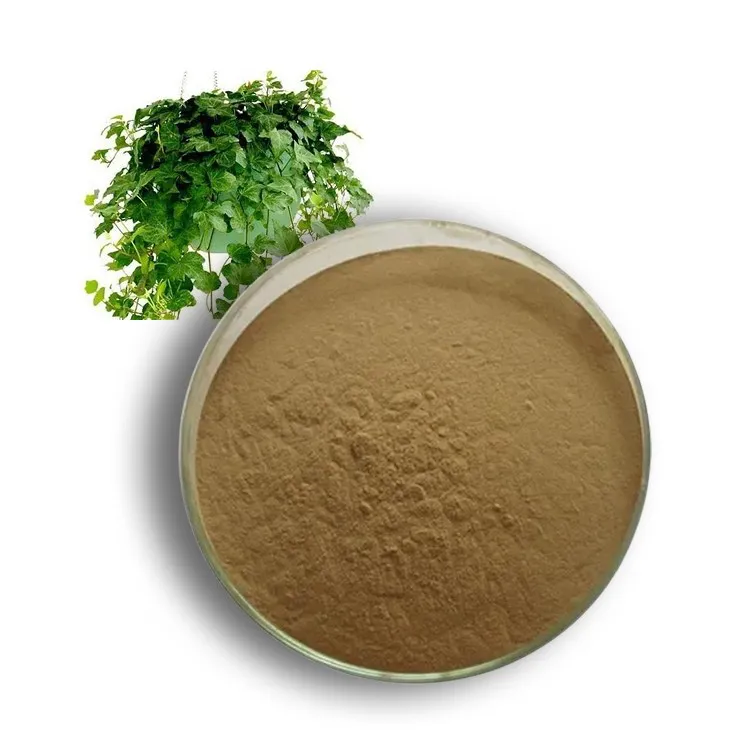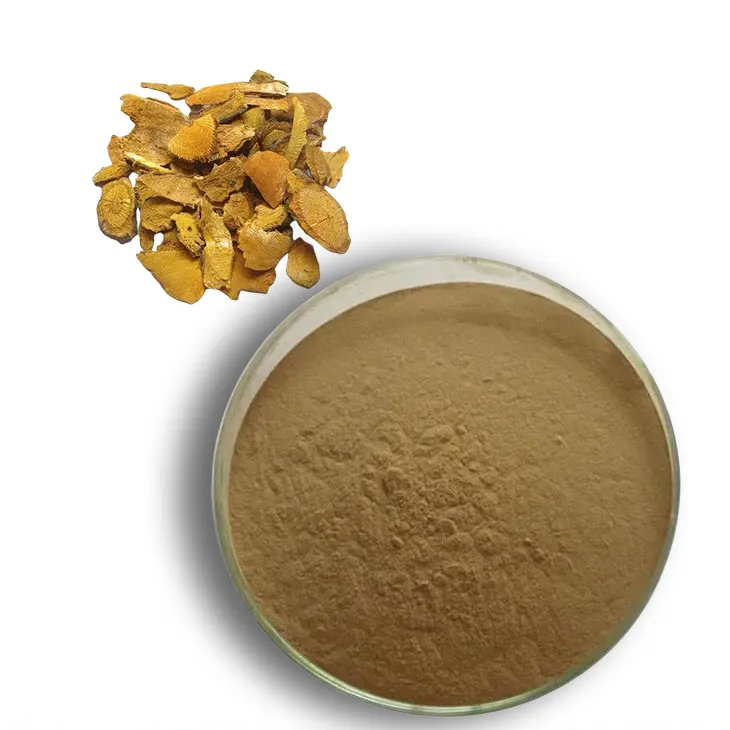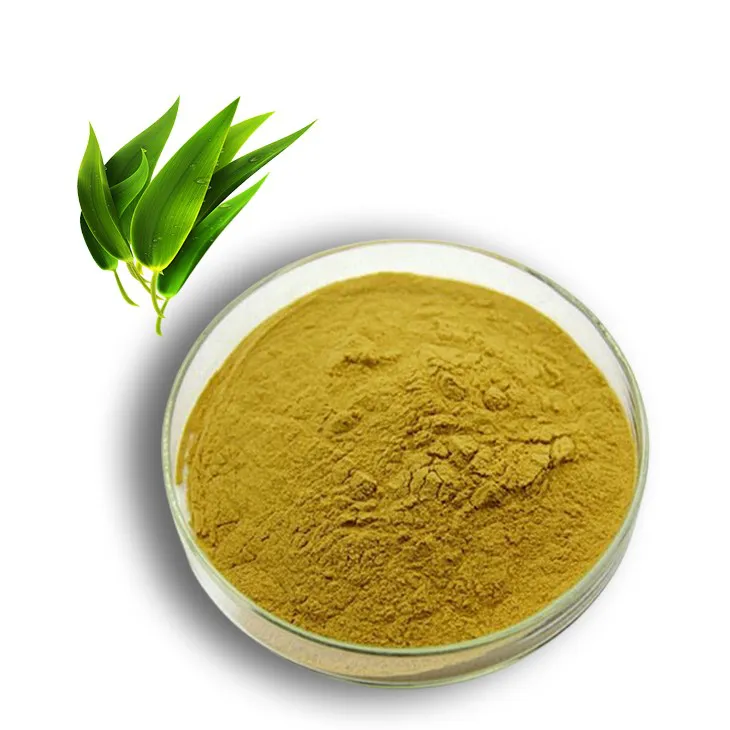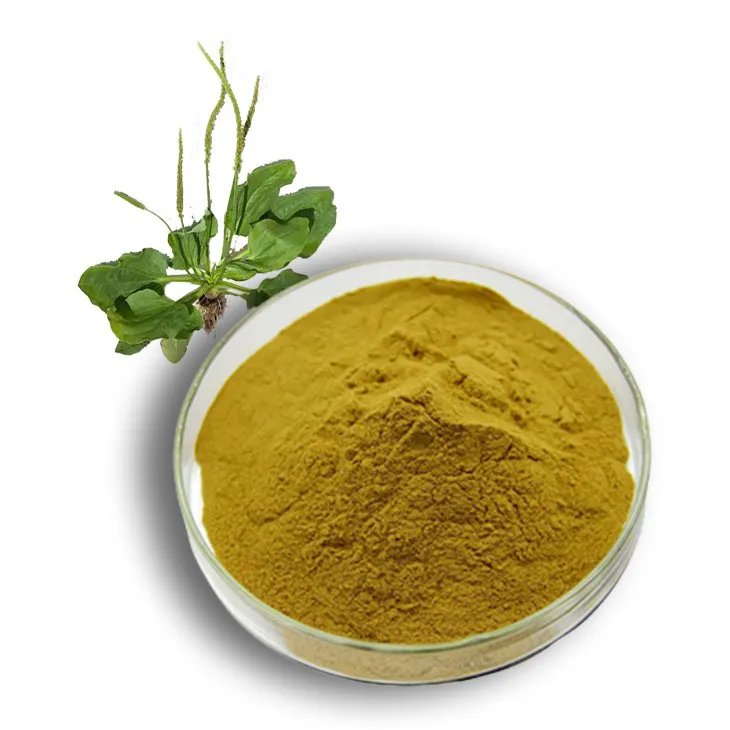- 0086-571-85302990
- sales@greenskybio.com
Preserving Nature's Secrets: Can I Freeze Grape Leaves?
2025-10-30
Grape leaves have been a staple in Mediterranean, Middle Eastern, and Balkan cuisines for centuries. Their unique flavor and versatility make them a favorite ingredient in a variety of dishes, such as dolmas, where they are typically used to wrap a filling of spiced rice, meat, and vegetables. As more people worldwide become intrigued by these exquisite dishes, questions often arise about how to properly store grape leaves, particularly whether they can be frozen without losing their quality. This article aims to explore the intricacies of freezing grape leaves, providing you with a comprehensive guide on preserving these delightful culinary staples.
Understanding Grape Leaves
Before delving into the techniques of preservation, it is essential to understand the characteristics of grape leaves that make them such a valued ingredient. Grape leaves are tender, mildly tangy, and slightly tart, with a strong ability to absorb and enhance the flavors of the ingredients they are cooked with. They come from the grapevine, Vitis vinifera, and are rich in vitamins A and K, calcium, and iron. These nutritional benefits add to their desirability as a culinary component.
The Versatility of Grape Leaves
Grape leaves are primarily used for wrapping, providing a natural casing that holds the fillings together while cooking. While dolmas are the most renowned preparation, grape leaves can also be chopped and added to salads, stews, and other dishes to impart their signature flavor. This versatility makes them an excellent item to have on hand, and freezing them can provide you with a year-round supply.
The Art of Freezing Grape Leaves
Freezing grape leaves is indeed possible, but it requires careful preparation to maintain their texture and flavor. Here’s a step-by-step guide on how to freeze grape leaves to ensure optimal results:
1. Selecting the Right Leaves
The first step in freezing grape leaves is selecting the right ones. Choose fresh, young leaves that are free from blemishes, holes, or tears. These are generally more tender and will be better suited for both freezing and subsequent use. Grape leaves should be picked from vines that have not been sprayed with pesticides to ensure they are safe for consumption.
2. Cleaning the Leaves
Once you have selected the leaves, it is vital to clean them thoroughly. Rinse them under cold water to remove dirt and tiny insects. It is advisable to soak them in a bowl of water with a tablespoon of vinegar for about 10 minutes. This step acts as a natural disinfectant, ensuring any residual bacteria are eliminated. After soaking, rinse the leaves again under cold water.
3. Blanching the Leaves
Blanching is a critical step in the freezing process as it helps maintain the leaves' color, flavor, and nutritional value. Prepare a pot of boiling water and a bowl of ice water. Submerge the leaves in the boiling water for about 30 seconds. Immediately transfer them to the ice water to stop the cooking process. This rapid cooling technique helps preserve the leaves’ vibrant green color.
4. Draining and Drying
After blanching, drain the leaves and lay them out on a clean kitchen towel. Gently pat them dry, being careful not to tear them. Removing excess moisture is essential to prevent ice crystals from forming when the leaves are frozen.
5. Stacking and Rolling
Take a few leaves at a time and stack them neatly. Roll them into tight bundles, much like you would roll a newspaper. This method not only saves space in the freezer but also helps protect the delicate leaves from damage.
6. Packaging for Freezing
Once rolled, place the bundles of leaves in freezer-safe bags or containers. Remove as much air as possible from the bags before sealing them to help prevent freezer burn. Label the bags with the date so you can keep track of their freshness. Grape leaves can typically be frozen for up to six months without a significant loss in quality.
Defrosting Grape Leaves
When you're ready to use your frozen grape leaves, it is crucial to defrost them properly to retain their texture and flavor. Remove the desired amount of leaves from the freezer and let them thaw in the refrigerator overnight. Avoid exposing them to rapid temperature changes, such as microwaving, as this can make them tough and less pliable.
Alternatives to Freezing
While freezing is an effective way to preserve grape leaves, there are alternative methods that you may find useful:
1. Brining: One of the traditional methods of preserving grape leaves is through brining. This involves soaking the leaves in a salt solution, which acts as a preservative. The salty water not only helps maintain the leaves' texture but also adds a layer of flavor. However, leaves need to be rinsed thoroughly before use to remove excess salt.
2. Canning: Canning grape leaves is another popular method. This involves packing leaves into jars with a vinegar solution and processing them in a hot water bath. Canned grape leaves can last for up to a year in your pantry.
3. Drying: While not as common, drying leaves is another preservation method. The leaves are laid out to dry and then stored in sealed bags. When needed, they can be rehydrated in warm water. However, this method might yield leaves with a slightly altered texture.
Conclusion
Freezing grape leaves is a practical and efficient way to enjoy their unique flavor throughout the year, especially when they are out of season. By carefully selecting, cleaning, blanching, and packaging the leaves, you ensure they retain their quality and taste. Whether used in traditional wrapped dishes or added to new creations, having a stock of grape leaves in the freezer allows culinary experimentation and enjoyment without the constraints of seasonal availability. As with any preservation technique, the key is attention to detail and adherence to best practices, ensuring that nature's gifts continue to delight and nourish us whenever we desire. So go ahead, embrace the world of grape leaves and discover a bounty of flavors and possibilities year-round.
Visit Greenskybio.com, a great article source where you can learn about Supplements and their health benefits, you also can get the latest food Supplements. Green Sky Bio provides the best extracts and supplements. It is a Chinese self-developed brand that is trustworthy! Welcome to email us to inquire about our products.
- ▶ Hesperidin
- ▶ Citrus Bioflavonoids
- ▶ Plant Extract
- ▶ lycopene
- ▶ Diosmin
- ▶ Grape seed extract
- ▶ Sea buckthorn Juice Powder
- ▶ Fruit Juice Powder
- ▶ Hops Extract
- ▶ Artichoke Extract
- ▶ Mushroom extract
- ▶ Astaxanthin
- ▶ Green Tea Extract
- ▶ Curcumin
- ▶ Horse Chestnut Extract
- ▶ Other Product
- ▶ Boswellia Serrata Extract
- ▶ Resveratrol
- ▶ Marigold Extract
- ▶ Grape Leaf Extract
- ▶ New Product
- ▶ Aminolevulinic acid
- ▶ Cranberry Extract
- ▶ Red Yeast Rice
- ▶ Red Wine Extract
-
Red Date Extract
2025-10-30
-
melatonin extract
2025-10-30
-
Ivy Extract
2025-10-30
-
Sea buckthorn oil
2025-10-30
-
Green Tea Extract
2025-10-30
-
Curcumin
2025-10-30
-
Yohimbine Bark Extract
2025-10-30
-
Polygonum Cuspidatum Extract
2025-10-30
-
Bamboo Leaf extract
2025-10-30
-
Plantain extract
2025-10-30











